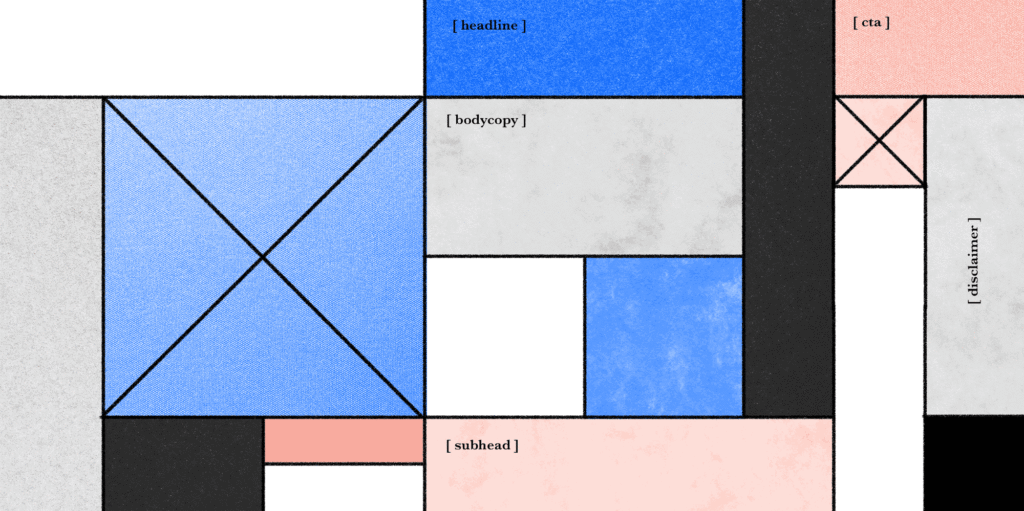
My name is Roxy I have a background in theater, publishing, and poetry—three things that inform my work today as a UX Writing manager at Dropbox. Dropbox began as the place to go for reliable, secure, and flexible file storage, but we’ve been steadily evolving. In addition to storage, we’re now building tools to help people create and collaborate on content across web, desktop, and mobile.
In one single word what does microcopy mean to you?
Macro. The words we write may be tiny at times, but have a big impact and convey a lot. And sometimes the less characters you have to work with, the longer it takes to craft just the right copy.
How did you get into UX writing?
I was a book and magazine editor for many years before I became a UX writer. Many of the editorial skills I’d developed mapped well to UX writing—a field that didn’t exist when I got into publishing. A good editor has the ability to consider larger narrative as they’re refining the words that take someone from the beginning to the end. In many ways a novel is the quintessential end-to-end experience. I think of that big-picture view as the content strategy part of my job; crafting microcopy taps into my experience line editing and proofreading. Same skills, different products. I also have an MFA in poetry, which was a great foundation for UX writing too, since every word in a poem has to earn its place, just like the words in UI.
Where do you find inspiration for the projects you are working on?
Conversations mostly. Listening to the way people talk about the things they do in Dropbox always holds clues to the dialogue the product should engage in with users. We hear from users explicitly during testing, but also casually in conversations with my coworkers as we test out features. Whenever I start a project I also do an audit of similar features in other products to see what inspiration can be gleaned. That said, sometimes it can also serve as inspiration for how we might want to change things up. That’s one of the exciting things about UX writing—while there are plenty of good practices out there, that doesn’t preclude you from trying something new.
Tell me about a day in your life as a UX writer?
When I first joined Dropbox I was embedded with the Paper team. Because I was the only writer on that product, my day-to-day writing was very wide ranging. I wrote for onboarding flows, email notifications, along with core UI for new features. That scope of work is something I love—the variety keeps it interesting. I also love working on systems and strategic initiatives, something I get to do a bit more now as a UX Writing manager. So I might be streamlining our process for submitting copy updates to engineers or helping develop design team values.
What is your method for finding your Dropbox brand’s voice?
We partner very closely with our Brand team. Dropbox has long been recognized for the helpful tone of its interface, peppered with moments of delight. It was the utilitarian nature of the product that made it a household name, and the voice supported that. But when Dropbox underwent a rebrand last year, that impacted the UX writing too. We went from straightforward, helpful, and human to expressive, joyful, and supportive. You can see these new values in the revamped illustrations, and our UX writing aims to stay in lockstep.
As a writer in a product team, what is your super power?
UX writers are often bridge builders in companies because we frequently straddle multiple teams. While it means we have a lot of responsibility, it also means we have a unique, valuable perspective to offer our teams. Because we work closely in a small UX writing team, we get to see things from across Dropbox. We learn from each other and leverage what’s working. I love spotting connections between the projects I’m on and finding opportunities to solidify patterns. Ultimately that’s the stuff that helps scale design work across an org.

Do you think that UX writing would allow more writers to enter the tech industry? How?
Absolutely. It’s a fantastic time to be a UX writer. Companies know words can have a huge impact—both on the happiness of customers and on their bottom line. Changing the copy on a button can make the difference of whether someone clicks or not, which can translate into millions of dollars. Because UX writing is an emergent field, there aren’t enough people with UX writing experience to fill the current need, so UX writers have all sorts of backgrounds. Yes, you need to have writing chops—but in my opinion gifted writers don’t always make the best UX writers. Sometimes it’s more about editing. Being concise and accurate is fundamental to good UX writing, where flow is found in the blank space between clicks. When UX writers do amazing work, often it’s invisible because it simply (in more ways than one) allowed the user to do what they wanted to do.
3 useful tips for people that want to get into the field of UX writing?
- Start reading. Get a copy of Microcopy: The Complete Guide by Kinneret Yifrah to get a great overview of the field. Then start surfing the web. My UX writing colleagues John Saito, Andrea Drugay, and Jennie Tan have written blog posts that have all sorts of useful info in them.Think like a designer. UX writers are
- Think like a designer. UX writers are designers. We don’t just come up with the words that go in a modal, for example. We help decide when that modal shows up and whether that modal is even the right UX element to use. Thinking like a designer also means familiarizing yourself with the tools of the trade, like Sketch. Often when I’m struggling to come up with the right UX copy for a design, it’s an indication that something is funky with the product design. In order to make recommendations to your design partner, you need to have a shared vocabulary.
- Pay attention to UX writing everywhere. Look at the apps you use with a critical eye on the UX writing. What’s working and what’s not? Create a folder and collect those ideas along with screenshots. If you want to learn more about any of the UX content you discover, don’t be shy and reach out to someone at that company. Chances are that if the copy is good, they probably have an appetite for UX writing even if they don’t have a team yet. You could be the first!




